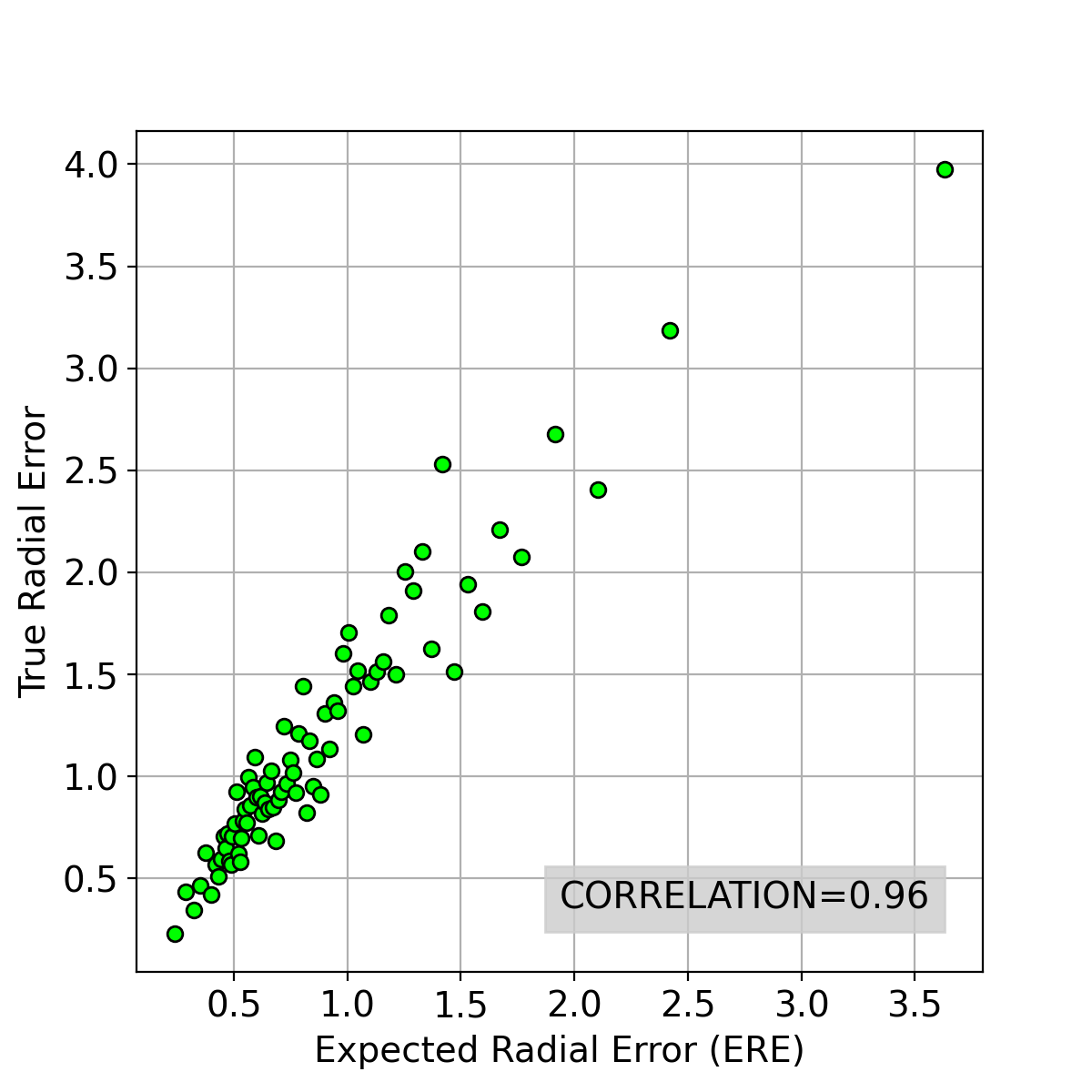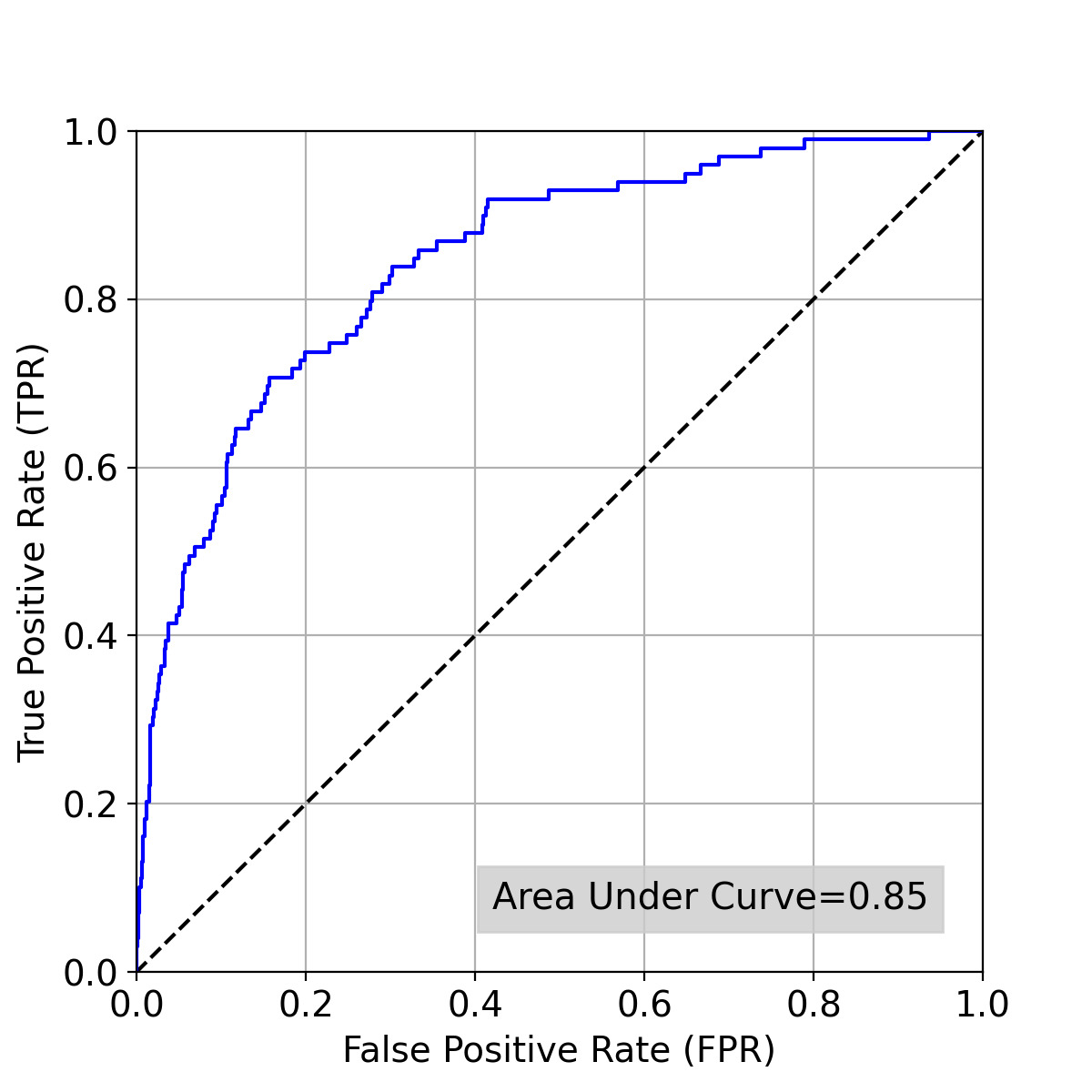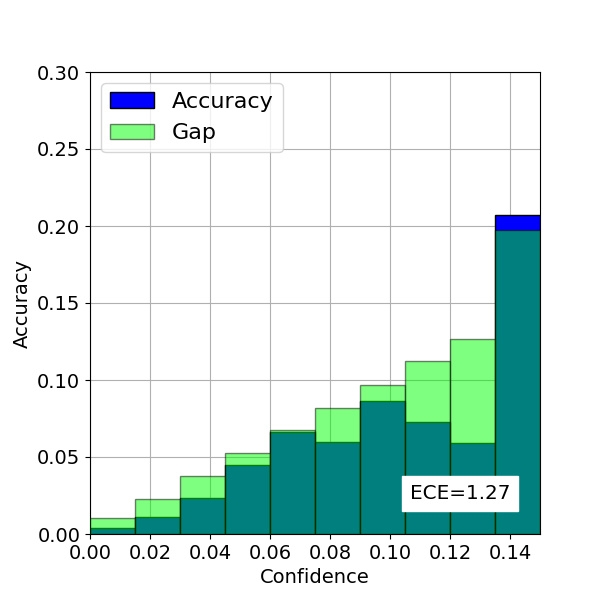This code can be used to reproduce the experiments performed in our paper 'Contour Hugging Heatmaps for Landmark Detection'.
- Python 3 (code has been tested on Python 3.7)
- CUDA and cuDNN (tested with Cuda 11.3)
- Our experiments used a NVIDIA Quadro P4000 GPU which has 8GBs of memory.
- Python packages listed in the requirements.txt including PyTorch 1.10.0
- Go to your chosen directory, clone this repo then enter it:
git clone https://github.com/jfm15/ContourHuggingHeatmaps.git
cd ContourHuggingHeatmaps/
- Install required packages. In this guide we create our own virtual environment:
python3 -m venv {virtual_environment_name}
source {virtual_environment_name}/bin/activate
pip install --upgrade pip
pip install -r requirements.txt
-
Download the cephalometric dataset from the link: http://www-o.ntust.edu.tw/~cweiwang/ISBI2015/challenge1/
-
Extract the folders 'RawImage' and 'AnnotationsByMD' into a directory of your choosing such that the file structure looks like this:
{cephalometric_data_directory}
├── AnnotationsByMD
│ ├── 400_junior
│ │ ├── 001.txt
│ │ ├── 002.txt
│ │ ├── ...
│ │ └── 400.txt
│ │
│ └── 400_senior
│ │ ├── 001.txt
│ │ ├── 002.txt
│ │ ├── ...
│ │ └── 400.txt
│ │
└── RawImage
├── TrainingData
│ ├── 001.bmp
│ ├── 002.bmp
│ ├── ...
│ └── 150.bmp
│
└── Test1Data
│ ├── 151.bmp
│ ├── 152.bmp
│ ├── ...
│ └── 300.bmp
│
└── Test2Data
├── 301.bmp
├── 302.bmp
├── ...
└── 400.bmpNote that if you publish work using this dataset you must cite:
@article{wang2016benchmark,
title={A benchmark for comparison of dental radiography analysis algorithms},
author={Wang, Ching-Wei and Huang, Cheng-Ta and Lee, Jia-Hong and Li, Chung-Hsing and Chang, Sheng-Wei and Siao, Ming-Jhih and Lai, Tat-Ming and Ibragimov, Bulat and Vrtovec, Toma{\v{z}} and Ronneberger, Olaf and others},
journal={Medical image analysis},
volume={31},
pages={63--76},
year={2016},
publisher={Elsevier}
}
You can either train the model yourself or download one of our pretrained models.
1.1 Train a model using the following command. This script resizes images in your training set directory and saves them in ContourHuggingHeatmaps/cache. After 15 epochs it will save the model at ContourHuggingHeatmaps/output/cephalometric/cephalometric_model.pth.
python train.py --cfg experiments/cephalometric.yaml --training_images {cephalometric_data_directory}/RawImage/TrainingData/ \
--annotations {cephalometric_data_directory}/AnnotationsByMD/
1.2 Perform temperature scaling on the model saved in the previous step using the following command. The model with the best Estimated Calibration Error (ECE) score will be saved at ContourHuggingHeatmaps/output/cephalometric/cephalometric_scaled_model.pth.
python temperature_scaling.py --cfg experiments/cephalometric.yaml --fine_tuning_images {cephalometric_data_directory}/RawImage/Test1Data/ \
--annotations {cephalometric_data_directory}/AnnotationsByMD/ --pretrained_model output/cephalometric/cephalometric_model.pth
2.1 If you would like, instead of training a model you can download our pretrained models at the following link: https://app.box.com/s/4qz3tthh7q6xajtaasj4fp9iaw86mmyx
3.1 Test the models using the following commands where {model_path} is the path to the model you have trained or downloaded. You can either test the basic model or the temperature scaled model.
python test.py --cfg experiments/cephalometric.yaml --testing_images {cephalometric_data_directory}/RawImage/{Test1Data or Test2Data}/
--annotations {cephalometric_data_directory}/AnnotationsByMD --pretrained_model {model_path}
This script will output Mean Radial Error (MRE) and Successful Detection Rate (SDR) statistics. In addition, it will save the following graphs (with slightly different numbers because training a model is a non-deterministic process) in ContourHuggingHeatmaps/output/cephalometric/. Please refer to our paper for a detailed explanation of these.


